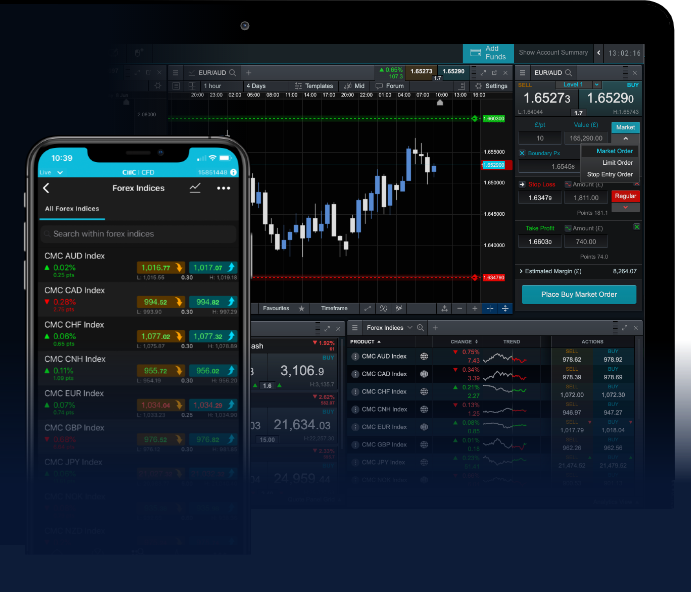Understanding Forex Swap A Comprehensive Guide 1581549141

In the world of Forex trading, one often comes across the term ‘swap’. But what exactly is a swap in Forex? Understanding this concept is crucial for traders who want to optimize their trading strategies and manage their costs effectively. A swap, also known as a rollover, is the interest that traders earn or pay for holding a position overnight. In this article, we will dive deep into the mechanics of swaps, their importance in Forex trading, and how they can impact trading decisions. For further information and resources, visit what is swap in forex trading Trading Area NG.
What is Swap in Forex?
A swap in Forex refers to the interest differential between the currencies being traded. When you hold a position overnight, your broker will either charge or credit you based on the interest rates of the two currencies involved in the trade. This is because currencies have different interest rates, which can lead to profits or losses from overnight holdings. Understanding how swaps work is essential for traders who wish to manage their accounts effectively.
Types of Swaps
There are generally two types of swaps in Forex trading:
- Long Swap: This refers to the interest you earn if you are holding a long position on a currency pair where the base currency has a higher interest rate than the quote currency. In this case, you will receive a swap credit.
- Short Swap: Conversely, a short swap applies when you hold a short position on a currency pair. If the base currency has a lower interest rate than the quote currency, you will incur a swap charge.
How Forex Swaps Work
The calculation of swaps can be complex, and it typically involves the following steps:
- Identify the interest rates for both currencies involved in the trade.
- Determine whether you are holding a long or short position.
- Calculate the difference between the two interest rates.
- Apply the swap rate according to the amount of currency you are trading and the duration for which you hold the position.
Here’s a simplified example: If you are trading the currency pair USD/JPY and the interest rate for USD is 2% while the interest rate for JPY is 0.5%, the swap calculation would involve taking this difference and applying it to the size of your trade. If you are long on USD/JPY, you may earn interest, whereas if you are short, you may need to pay a swap fee.
Importance of Forex Swaps

Understanding Forex swaps is important for several reasons:
- Cost Management: Swaps can significantly impact the overall cost of trading. A trader could incur additional costs for holding positions overnight, which could affect profitability.
- Strategy Development: Being aware of swap rates allows traders to develop strategies that either exploit interest rate differentials or minimize costs.
- Impact on Position Holding: Traders looking to hold positions for a longer term must consider swaps as they can erode gains or amplify losses.
Factors Influencing Forex Swap Rates
Several factors affect swap rates, including:
- Interest Rates: Central banks’ interest rates are the primary factor influencing swap rates, as they change the attractiveness of holding one currency over another.
- Market Conditions: Fluctuations in the market can lead to changes in how swaps are applied, especially during periods of high volatility.
- Broker Policies: Different brokers may have various policies and methods for calculating swaps, so it’s important to understand the broker’s approach.
How to Check Swap Rates
Most trading platforms will display the swap rates for different currency pairs. Additionally, brokers may provide details on their websites or in their trading platforms regarding how swaps are calculated. Understanding these rates and their implications can aid in better decision-making.
Tips for Managing Forex Swaps
To effectively manage swaps and minimize costs, traders may consider the following strategies:
- Avoid Overnight Positions: If possible, closing trades before the end of the trading day can help avoid swap fees altogether.
- Focus on Low Swap Pairs: Identify currency pairs that have lower swap rates or are known to offer favorable swaps.
- Leverage Fundamental Analysis: Keep an eye on economic indicators that may lead to changes in interest rates or market sentiment that could impact swap rates.
Conclusion
In the realm of Forex trading, understanding swaps is essential for developing sound trading strategies and managing costs effectively. Whether you are a novice or an experienced trader, being aware of how swap rates work will help in making more informed trading decisions. It is crucial to incorporate this knowledge into your trading strategy to maximize profitability while minimizing potential costs associated with overnight holding positions.




